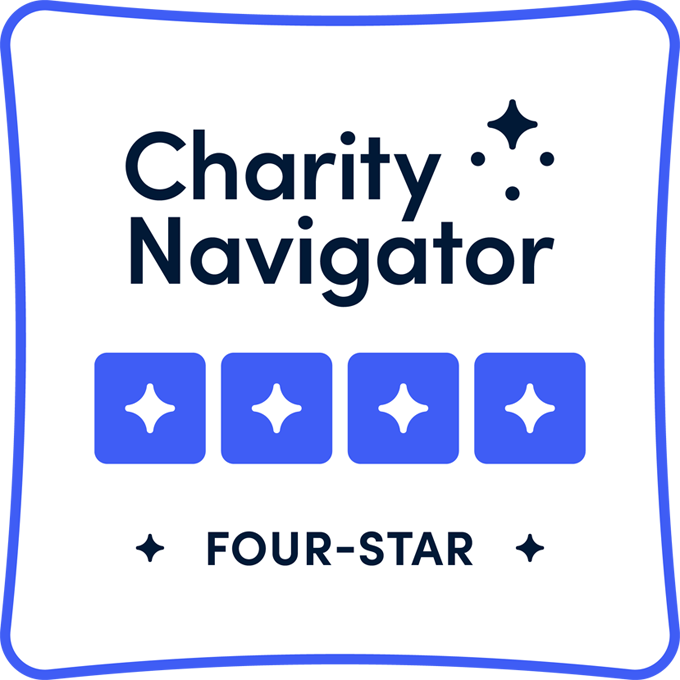The government has failed to get poor New Yorkers to use banks. But FinTech firms could close the gap.
By Gabe Fenigsohn
As an ever-increasing series of scandals envelops LendingClub, with both federal investigators and New York regulators alleging such misdeeds as falsified documents and onerous fees, the peer-to-peer lender is not simply self-destructing. It also threatens an entire nascent industry that had enormous potential to provide trusted financial services to the 1.1 million New Yorkers who are unbanked or underbanked.
Our city, the center of finance and the home of Wall Street, contains a higher percentage of residents either without bank accounts or underserved by banks than anywhere else in the state. In fact, the city is the unbanked capital of the country. Google’s recent announcement of a ban on payday loan ads speaks to the reality that for a vast number of consumers outside of the banking system, reputable options are limited. The key to making inroads still lies in our city’s innovative financial tech sector, but the standards must be raised.
One of every nine New Yorkers lacks a bank account. More than one of every four New Yorkers rely on expensive alternatives such as check-cashing, pawn shops, and those notorious payday loans, according to the most recent data collected by The Urban Institute, an economic and social policy research organization. The economic costs—ranging from high fees, to poor credit, to susceptibility to theft—tax a population with disproportionately low resources and profound financial insecurity. If the political will does not exist to address this crisis, the private sector must meet the need rather than prey upon the vulnerable.
Severe poverty is closely correlated with lower rates of banking. This is not about upwardly-mobile millennial professionals splitting the restaurant bill on Venmo. In all but two of the 15 most unbanked areas of the city, at least a quarter of residents live below the poverty line. Complex and varied factors—largely concentrated in the Bronx and Brooklyn, yet also reflected in low-income areas throughout the city—keep banking out of reach of those who need it most.
Minimum balances, distrust of the formal banking sector, language barriers and an inability to wait for checks to clear are just a few of the reasons the poor resort to expensive alternatives. While the city’s Department of Consumer Affairs provides free assistance with opening bank accounts and navigating the financial system, these efforts have proved inadequate in reaching target populations to resolve the problem.
New York City is in fact uniquely poised to disrupt banking obstacles due to a thriving and well-funded tech sector. The greatest minds in finance, digital technology and urban development possess the skills to create above-board collaborative solutions to connect consumers with free and low-cost options, either within banks or outside of them, for depositing money, transferring it, and—most critically—saving it as a means of building emergency funds, security, and hope for the future. The transgressions of LendingClub must not make us lose sight of the larger picture; there continues to be enormous potential in this sector for the intersection of financial growth and the social good.
Massive tech-inspired reductions in the high rates of financially under-served New Yorkers are not unrealistic. Considering that 96 percent of New York city residents have a cellphone—higher than the national average—perhaps a mobile solution is a start. One model would be the approach taken by The Neighborhood Trust, a Washington Heights non-profit specializing in financial literacy and empowerment for low-income New Yorkers. In concert with Cardwell Beach, a Brooklyn-based development team, they’re managing to help hundreds of NYC residents access resources and track goals via mobile apps that reduce the need for face-to-face financial counseling sessions. Clients map out income and expenses, set up automated savings accounts, gain access to credit unions, and receive assistance paying off high-interest debt.
Such initiatives, while a start, must happen on a larger scale for systemic change in a city plagued by immense poverty and socioeconomic segregation. Tech partnerships with existing governmental organizations, including the Department of Financial Services’ Banking Development District Program, have the capacity to alleviate the disconnect between the poor and much-needed financial networks. Critically, these partnerships must involve the unbanked and underbanked themselves, who know more than anyone what it means to live on tight budgets and low wages, and can inform the work of pioneers in this field.
Although we live in a city struggling with economic inequality, barriers to resources, and yes, financial misconduct, we also live in a city of unparalleled ingenuity and talent rivaling that of any city in the world. Let’s harness that talent to put ethical financial services within reach of all New Yorkers.
Read article on Crains New York




Follow Us